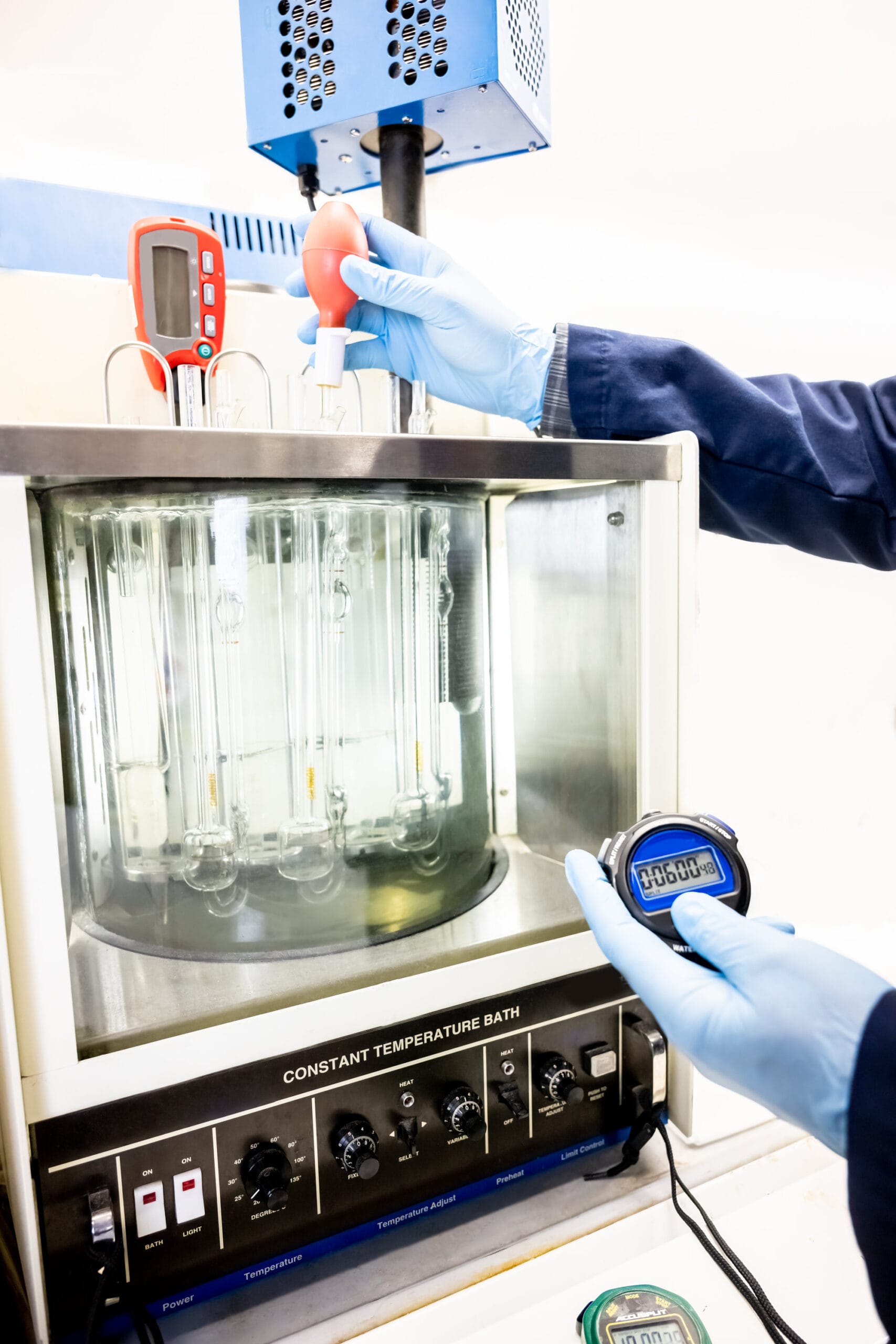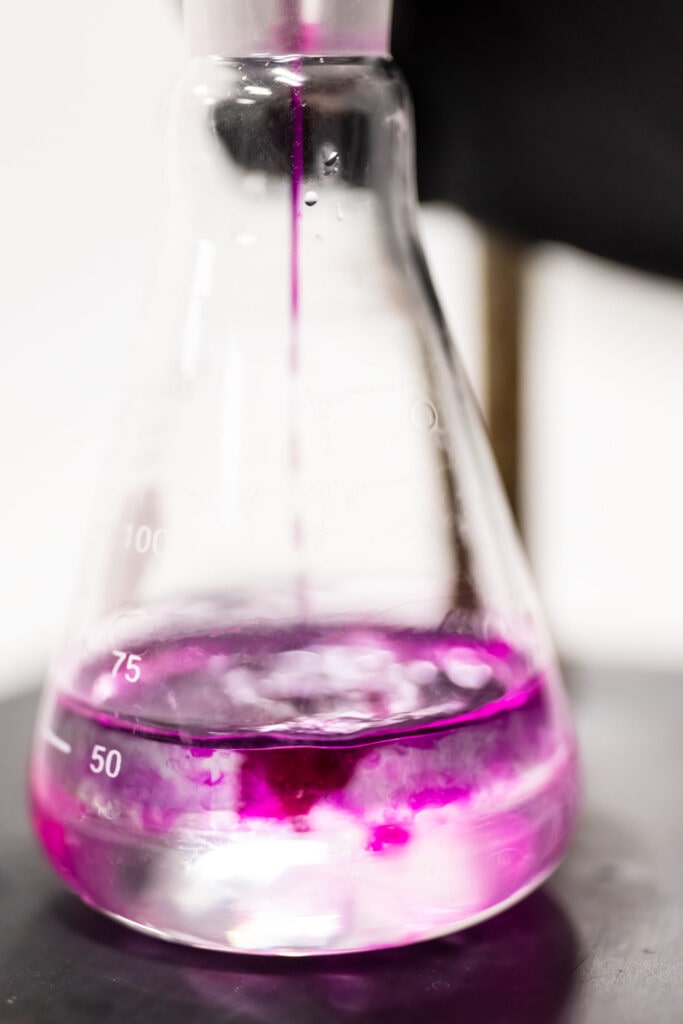
Wet Chemistry
Solvent extraction uses selected solvents to remove additives, stabilizers, low molecular weight ingredients, and other soluble components from within a polymer system.
Solvent extraction is a process that occurs in a wet chemical laboratory. The solvent extraction can be used to determine the soluble (sol) portion and insoluble portion (gel) of a crosslinked network. And, often the solvent extraction process is a method for preparing a sample for a subsequent analysis.
Approaches
Solvent extractions can be performed at room temperature or elevated temperature, up to 135 °C. Nearly any solvent can be used for the solvent extraction process with some of the more common ones including:
- Chloroform
- Tetrahydrofuran
- Water
Sample Considerations
Any solid sample can be subjected to a solvent extraction process:
- Plastic
- Rubber
- Metal
- Glass
- Ceramic
- Wood
The entire sample may dissolve during the extraction process, or a coating or layer of contamination may be removed and transferred into the solvent phase. Virtually all plastic and rubber materials are subjected to solvent extraction to remove additives, stabilizers, and other soluble components.
Typical materials that are solvent extracted include:
- Polypropylene
- Polyethylene
- Nylon
Contact us to talk through your specific sample considerations.

Experience
Work we’ve done:
- Extractable content of silicone tubing
- Additive content of rubber from an automotive application
- Leachable content of a medical device
Products we’ve tested:
- Valve stems for tire applications
- Medical tubing
- Medical devices
